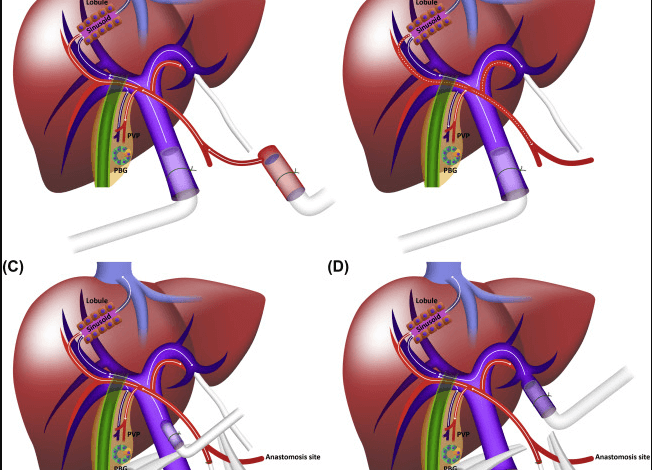Understanding Hepatic Parenchymal: What You Need to Know

Within the liver lies a crucial part called hepatic parenchyma. Despite its significance, many people are unaware of what this vital component does and how it functions. In this blog post, we will dive into everything you need to know about hepatic parenchymal – from its structure to treatment options – so that you can better understand your liver’s health. Let’s get started!
What is hepatic parenchymal?
Hepatic parenchymal, also known as liver tissue, is the functional part of the liver that performs essential metabolic functions, including detoxification and secretion. It consists of specialized liver cells called hepatocytes that are arranged in a complex structure to perform its tasks effectively.
The hepatic parenchyma has two primary lobes – the right lobe and the left lobe – which are divided by a line called falciform ligament. The right lobe is larger than the left one and comprises about 60% of total liver mass.
The hepatic parenchyma contains many small bile ducts, blood vessels, and tiny spaces between cells called sinusoids. These structures work together to maintain proper oxygen supply to hepatocytes while removing toxins from blood passing through these sinusoids.
This important component also plays an essential role in synthesizing vital proteins like albumin and clotting factors necessary for blood clot formation when there’s an injury or wound on our body surface. All this makes it clear how critical understanding parenchymal can be for maintaining good health.
How is hepatic structured?
It is responsible for filtering toxins, producing bile, storing glycogen, and regulating hormones. The hepatic parenchyma refers to the functional cells of the liver that perform these essential tasks.
The structure of hepatic can be divided into two main components: hepatocytes and sinusoids. Hepatocytes are the primary cells of the liver and makeup around 80% of its mass. They are responsible for producing bile, detoxifying harmful substances, and metabolizing drugs.
Sinusoids are small blood vessels located between hepatocytes that allow blood to flow through them. These vessels play an important role in maintaining proper circulation within the liver by delivering oxygen-rich blood from arteries and removing waste products via veins.
In addition to hepatocytes and sinusoids, there are also stellate cells present in hepatic parenchyma which help regulate immune responses within the liver tissue.
Understanding how parenchymal is structured is crucial for understanding how it functions properly in our bodies. Any damage or disease affecting this structure can have serious consequences on our health.
How is hepatic parenchymal treated?
When it comes to treating hepatic, the approach can vary depending on the underlying cause of the condition. For instance, if the issue is caused by liver cirrhosis or fibrosis, treatment may involve addressing those conditions first.
In some cases, lifestyle changes such as maintaining a healthy weight and reducing alcohol consumption can help relieve symptoms associated with parenchymal. Additionally, medications may be prescribed to manage symptoms such as pain or inflammation.
For more severe cases of parenchymal that do not respond to other treatments, surgical intervention may be necessary. This could include procedures such as a liver transplant or surgery to remove damaged tissue from the liver.
It’s important for individuals with hepatic to work closely with their healthcare provider in order to determine the most appropriate course of treatment for their specific situation. By doing so, patients can ensure they receive personalized care that best addresses their needs while minimizing potential complications. Read more…
Conclusion
To sum it up, hepatic parenchymal refers to the functional tissue of the liver that plays a vital role in filtering toxins from our body. The structure and function of the parenchymal are closely linked, and any damage or dysfunction can lead to severe health complications.
The treatment for parenchymal is focused on addressing its underlying cause, whether it be infections, autoimmune diseases or metabolic disorders. In some cases, surgery may be required to remove damaged tissues or transplant a healthy liver.
Understanding the hepatic is crucial for maintaining optimal liver health. By adopting healthy lifestyle habits like eating a balanced diet and avoiding excessive alcohol consumption, we can help prevent any potential damage to this critical part of our body. If you notice any symptoms related to your liver’s functioning or have concerns about your overall health condition, seek medical attention promptly.




